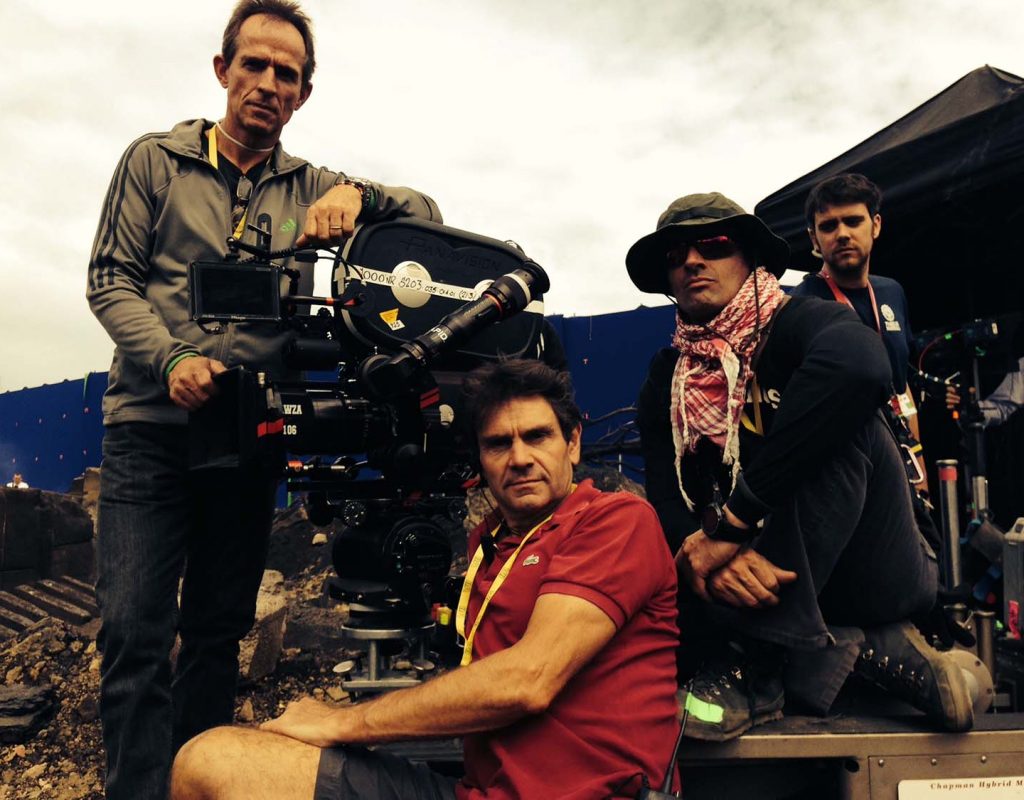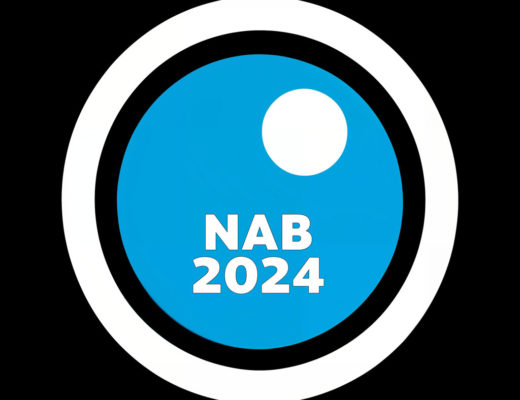Robert Bredlau of e-Spirit looks at how forward-thinking CMS vendors are empowering enterprises into the world of video.
Video content has revolutionised the web. It would take over 400 years to watch every single clip that currently exists on YouTube as there are thirteen hours of content uploaded every minute. In addition to this the customer demand for video is getting stronger with over 100 million YouTube clips viewed per day.
It’s no surprise therefore that the business community has woken up to the power of video. With greater competition, more organisations have come under increasing pressure to convey messages, showcase products and generally facilitate the use of rich media content. From consumer technology companies featuring flash animations of new gadgets on a website to financial service firms providing real-time graphical information to investors, the appetite for dynamic content has never been greater.
Rich media use isn’t just reserved for an organisations external audience either. Easy access to on-demand webcasts, videoconferencing capabilities, the ability to host and present training sessions for remote employees are good examples of how the use of rich media can transform the internal workings of a company.
Ironically though, while many are aware of these benefits, few companies have the resources to provide such services systematically. This comes down to a number of factors.
Firstly, many organisations have a plethora of applications designed to create, edit and manage rich content often sprawled across different locations. This fragmented approach makes the effective distribution of rich content across the company virtually impossible. Many of the existing content management systems employed by companies require additional and expensive plug-ins to handle rich media – not a move favoured within the current economic climate or by IT departments tasked with implementing and maintaining the additional applications.
Secondly, and this ties in closely with the first problem, the growing number of ‘content editors’ within an organisation has grown. Traditionally, technically minded IT professionals were responsible for content management and they were the people trained to navigate complicated systems. This is no longer the case. More people across businesses in areas such as finance and marketing operations need to know how to use CMS. The complicated nature of a lot of CMS when it comes to handling rich media means that many ‘non-technical’ people are unable or unwilling to use dynamic content. The best CMS around are easy to work with irrespective of the level of ‘expertise’ of the content editor.
There is no doubt the web will continue to evolve and deliver new types of content and CMS vendors have a major role to play in bringing about the rich media revolution. The challenge for vendors lies in modifying their solutions as technology evolves. Working with Web 2.0 compliant systems should be the standard model for companies who want to face these challenges head on and turn the power of rich media to their advantage.By Robert Bredlau

Filmtools
Filmmakers go-to destination for pre-production, production & post production equipment!
Shop Now
![The rise and rise of rich media 3 Reblog this post [with Zemanta]](http://img.zemanta.com/reblog_c.png?x-id=777a9710-8a18-47cd-b466-6d8f18701aa3)












